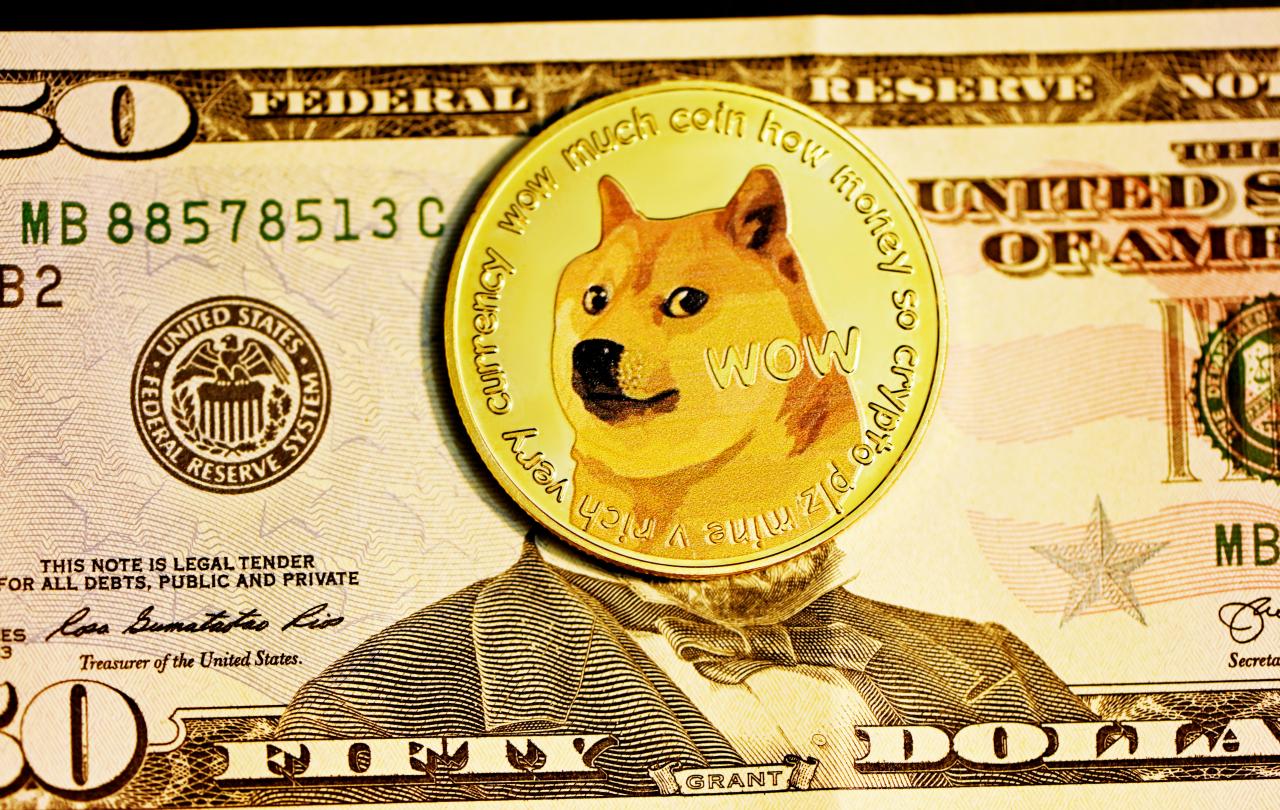
‘When America sneezes the rest of the world catches a cold’ quipped economists almost a century ago after the Wall Street crash. A comment that might equally apply to the more than 10 per cent drop in stock markets caused by President Trump’s sudden raised tariffs on imports to the USA. The impact of the American economy on the world is inescapable. It represents almost a quarter of global GDP and the dollar is the leading reserve currency, accounting for around 60 per cent of international foreign exchange reserves. Size is what enables America to bully the rest of the world.
For decades the American trade deficit has been an elephant in the room and Trump is to be applauded for recognising it and addressing the problem. Unfortunately, the way he has gone about it has caused another, bigger problem. Changing the direction of the global economy is like turning a tanker, it cannot be done easily or quickly, but Trump’s style is to attack, like hammering at a nail. Every issue in geopolitics looks like another nail, waiting for him to hammer out a negotiated deal. Full marks for courage, but not for wisdom. The blunt weapon of trade tariffs is designed to bring wealth and power back towards the USA, but blunt weapons often cause a mess, and sure enough a global mess is what we now have. A US/China trade war with higher prices that could end up stoking inflation and a government own goal.
Panic selling of government bonds signalling a loss of confidence following Trump’s dramatic tariff boost is reminiscent of the impact of Liz Truss’ sudden and radical UK tax cuts, which were also driven by an ideology, but ended up as a wrecking ball. Even some of Trump’s backers have warned of an economic nuclear winter. In the long run, Trump has done the world a favour by highlighting a structural issue that needed correction, but his economically violent methods of addressing it look increasingly unwise. If a global depression does happen on the back of all this, then coupled with the rise of autocratic and belligerent leadership, we would face a worrying parallel to what happened in the 1930s when the world eventually slid into war.
Tariffs are like walls, barriers to cooperation and the epitome of economic selfishness. Make America Great Again is selfishness writ large - a society pursuing wealth and power without the cohesive framework of values that are so essential to cooperation and community wellbeing. A psychology of self-centredness that damages relationships at the national level. This is what I find most concerning about Trump’s approach; not just the economics but the long-term legacy of relational damage that could last well beyond his Presidential term.
Our fears reveal just how much we trust in wealth above everything else, and how much the fear of scarcity affects our mental health.
Michael Schluter in his book The Relational Lens defines five principles, or measures, of relational health. They are directness, parity, common purpose, continuity and breadth. Applying those five measures helps us see why Trump’s tariffs are the polar opposite of relational. He introduced these escalating penalties remotely and not in face-to-face negotiations. Exploiting the power of America instead of showing respect for the status and needs of other nations. Tariffs have no common purpose with other countries, only a selfish agenda. There is no continuity with previous trading protocols. And it is all purely financial, with no reference to the broader holistic impact. All in all, a relational disaster.
Despite living in the ‘first world’ we remain gripped with fear of loss. Our fears reveal just how much we trust in wealth above everything else, and how much the fear of scarcity affects our mental health. Markets are not entirely rational; they are driven by algorithms that stem from this psychology of greed and fear. Emotions and trading swing wildly with a herd instinct that often drives behaviour. As Rabbi Jonathan Sachs said:
‘Markets have no moral compass; we have outsourced morality to legislation by the State.’
But the worry now is that the current US administration shows signs of ignoring morality and even riding roughshod over the courts. No wonder people feel afraid.
Where can we find hope in all this turmoil? Is there a better response than gritted teeth and the mantra: ‘this too shall pass’? I think so. There is life beyond the market. Jesus said: ‘life does not consist in an abundance of possessions.’ We can choose to step back and look at all this with the true perspective that money isn’t everything. We can cultivate gratitude for what we do have. We can learn contentment. Yet I feel for those who have experienced financial loss, and don’t want to minimise the reality of hardship. In fact, something important and practical all of us who are privileged can and should do is to be vigilant in watching out for those who are poor and disadvantaged. To look after those with a real need for the basics of life and help them through this tough time when economic disruption could make life even harder. For those with a faith this is part of working out how our faith makes a positive difference where we are.
Perhaps the supreme irony of this crisis is President Trump’s insistence that Americans must trust him. Ironic, because the one thing that his tariff actions seem to have undermined more than anything else is trust. The trust that is essential to the functioning of both markets and civilisation as a whole. Face to face discussions must be the way forward now, to rebuild trust and find more nuanced, mutual approaches to solving America’s trade deficit.
There is one person we can always trust though, and his name is written clearly on the American One Dollar bill. In God we trust. Let’s pray that Trump and his America returns to that imperative and turns back to a more Christ centred philosophy of loving our neighbour as ourselves, reflected in a more bilateral approach to diplomacy and agreement.
Celebrate our 2nd birthday!
Since March 2023, our readers have enjoyed over 1,000 articles. All for free. This is made possible through the generosity of our amazing community of supporters.
If you enjoy Seen & Unseen, would you consider making a gift towards our work?
Do so by joining Behind The Seen. Alongside other benefits, you’ll receive an extra fortnightly email from me sharing my reading and reflections on the ideas that are shaping our times.
Graham Tomlin
Editor-in-Chief





